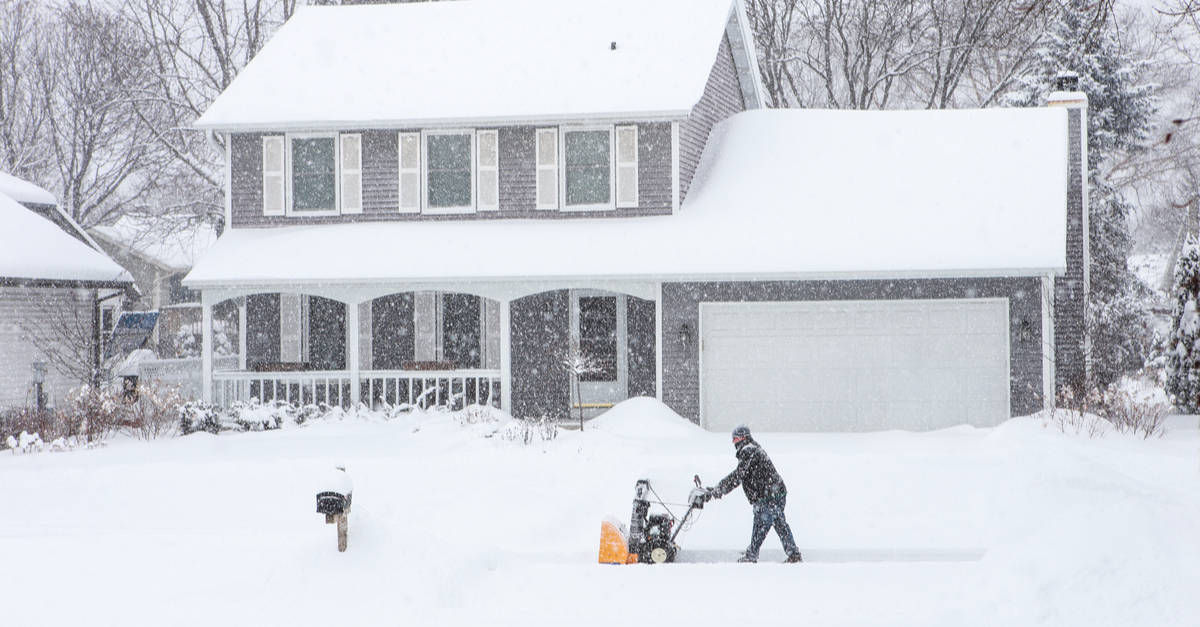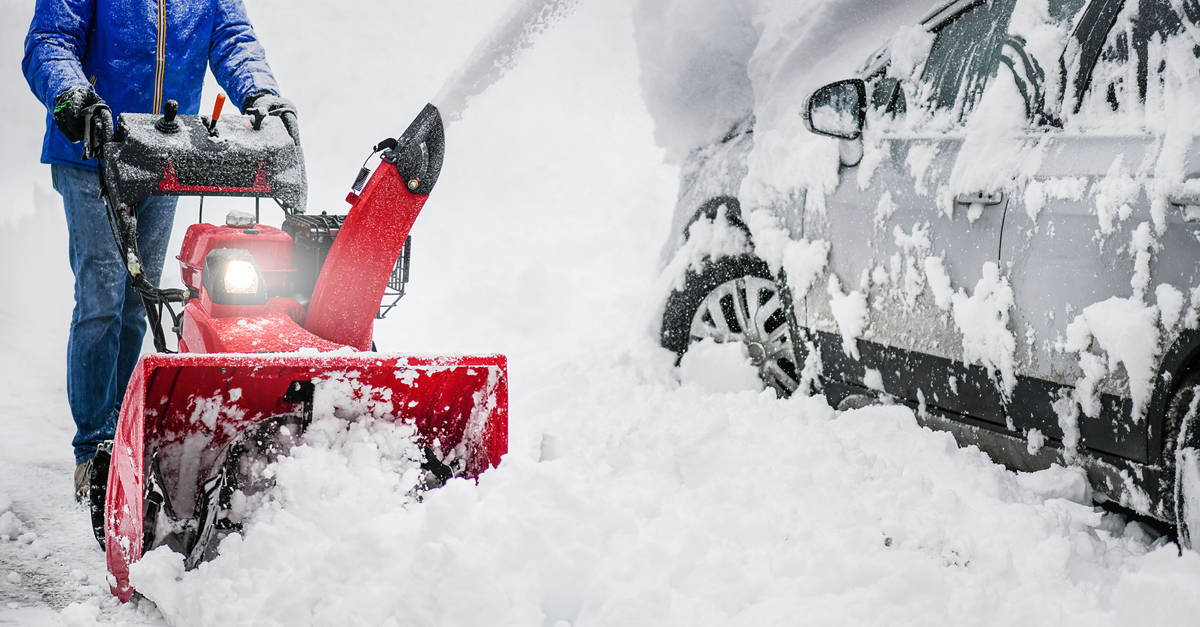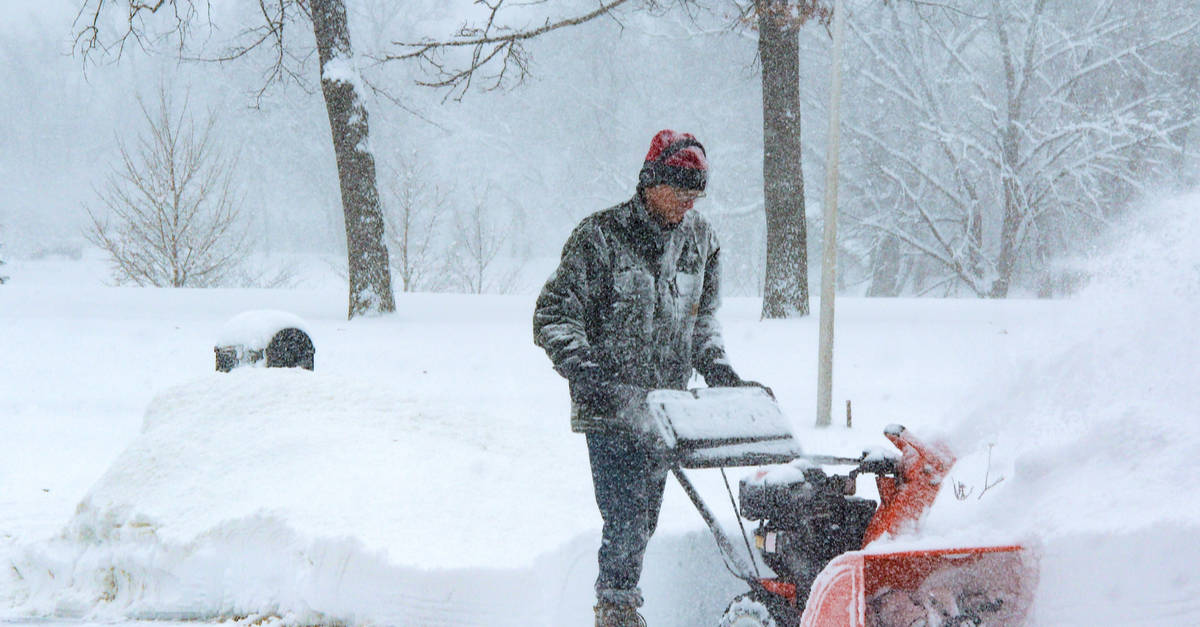Perhaps the biggest challenge of owning a backyard is maintaining it throughout the year!
Thus, my father always ensured that his arsenal was equipped with all the necessary tools and equipment. So, when it was my turn to inherit it, I couldn’t be happier as he had covered all the bases.
Since my hometown receives just a bit of snowfall in the winter, a snowblower isn’t the most used equipment in my yard. While I was intrigued by it from the get-go, I got the chance to take it out for a ride only during my freshman year of college.
Subsequently, my interest in snowblowers saw an upward trend, and I spent most of my leisure time researching the nitty-gritty. Since then, I’ve used a lot of equipment in my 30 years of lawn care, but nothing quite matches the satisfaction of cleaning snow-capped terrain with a snowblower!
Hello! My name is Stacy Smith. And today, I’ve curated this detailed guide that answers one burning question - how does a snowblower work? For simplicity, I’ve discussed the three major categories and their respective operations in the following sections.
So, let’s start with the proceedings!

The Parts in a Snowblower
Before I dive into the deets, let’s talk a bit about the most crucial component of a snowblower - the auger. No matter the type, a snowblower cannot perform its job without one. However, the design and material may differ from one model to another.
Simply put, an auger is a set of rotating blades located at the front of a snowblower, which picks the snow and breaks it down. The flakes then pass through a chute and are blown away. Generally, most snowblowers use one auger, but some may also use two. In that case, the operation will be different.
Likewise, the most commonly found blade arrangement is that of a helix, where horizontal blades run across the auger’s length and spin in a helical pattern. Alternatively, some machines use a corkscrew pattern, while others have independent blades to cut through compact ice.
Furthermore, snowblowers meant to clear light to medium snow are mostly equipped with plastic augers. Meanwhile, heavy duty machines have a metal auger to cope with the additional snow. Based on the use of the auger and the discharge mechanism, snowblowers can be categorized into single stage, two stage and three stage models.
Single Stage Snowblower
The most simple type is the single stage snowblower, which uses the auger to lift, break and discharge the snow in a single action (hence, the name). These machines are most suitable for clearing light to medium snowfall. Moreover, the auger can clear a path anywhere between 13-21 inches wide and nearly 6 inches deep.
Because the auger is employed in multiple actions simultaneously, you get a throwing distance of not more than 10-20 feet from the machine. Besides, most such snowblowers are powered by electric motors, while a handful of models have a gas-powered engine.
As far as maneuverability is concerned, these machines are mostly easy to move around. The rubber paddles on the bottom maintain contact with the ground, and it drags itself through the snow. The faster you walk, the more will be the clearing speed.
While this category of snowblowers may not be suitable for larger areas or dense snow, it does have a significant advantage over others. Because the auger operates closer to the surface, it can scarp snow with more precision. However, in the process, any loose stone or gravel can damage the auger. In that sense, it’s better for use on paved surfaces.
Two Stage Snowblower
Two stage snowblowers employ a second action to blow the snow away. While the auger performs the primary task of picking and breaking snow, it doesn’t help with the discharge like in a single stage variant. Instead, these machines use an impeller that blows the fragments out of the chute at greater distances.
On a side note, most of these machines feature steel augers with blades arranged in a continuous ribbon design. Since it doesn’t have to discharge snow, the auger can clear heavy ice and compact chunks in quick time. Besides, the clearing width ranges anywhere from 24 to 30 inches for clearing large volumes.

Although the auger doesn’t make contact with the surface like single stage machines, these models have skid shoes that scrape the surface as they move. Plus, they can handle gravel and stones better.
Owing to the magnitude of operation, most two stage machines are equipped with more powerful gas engines. Also, these models are quite large and heavy, which makes maneuverability a challenge. Thus, they have a self-propelled mechanism and utilize the engine’s power to move forward or backward.
With the use of a lever, the user can decide on the speed and direction of movement. Additionally, some models also have an electric motor or power steering feature to amp up the user-friendliness quotient.
Three Stage Snowblower
When it comes to saving time, none of those mentioned above come close to a three stage machine. The basic design of such a model comprises heavy duty steel augers positioned on either side of an induction accelerator.
Upon starting the engine, the augers work to bring the snow to the center, where the accelerator takes it up. It then breaks down the snow and feeds it to the impeller for discharge. This three-stage mechanism clears huge piles in the least amount of time, as the single purpose augers leave the surfaces totally clean.
Not only can they clean up to 50% more snow than two-stage models, but they also have a throwing distance of 50 feet. Hence, three stage machines are ideal for heavy duty snow clearing.
Summing It Up

Now that you have a basic idea of the different operations, it becomes easier to pick the right type.
Single-stage snowblowers are generally less expensive and most practical for small areas and medium snowfall. However, I prefer a two-stage model for my average-sized yard. On the other hand, a three stage model is extremely time-saving, but is expensive and more suitable for professionals. Check out some of our popular snowblower reviews here.
On that note, it’s time for me to say goodbye. See you again!
